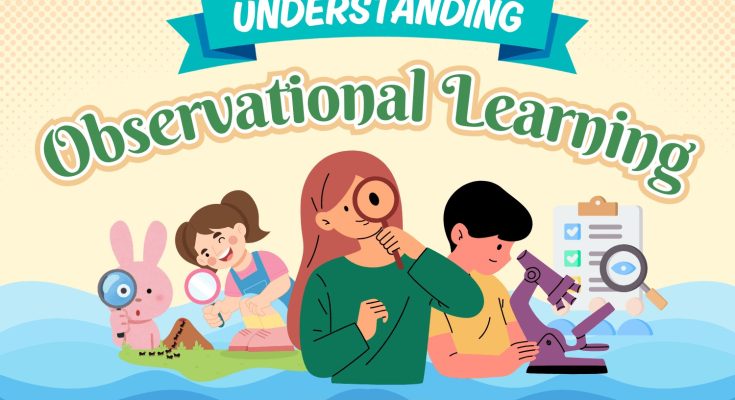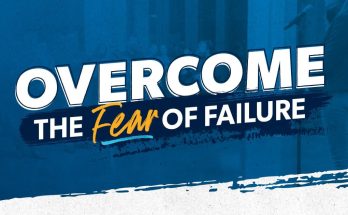Learning through observation is one of the most powerful yet often overlooked methods of acquiring knowledge and developing expertise. While formal education and structured training have their place, the ability to absorb insights simply by watching others in action offers a unique and often more nuanced understanding of how things work. In business environments, where dynamics are complex and outcomes are shaped by subtle decisions and interpersonal cues, observational learning can be a strategic advantage. It allows individuals to grasp not only what is being done, but how and why it’s being done, often revealing layers of context that formal instruction might miss.
At its core, observation is about attention. It requires a deliberate focus on behaviors, interactions, and outcomes. This is not passive watching—it’s active noticing. When someone pays close attention to how a seasoned negotiator handles a tense meeting, they’re not just seeing the words exchanged. They’re picking up on tone, timing, body language, and the emotional undercurrents that influence the conversation. These elements are difficult to teach in a classroom but become clear through repeated exposure. Over time, the observer begins to internalize patterns, recognize strategies, and anticipate responses. The learning is subtle, but it’s deep and enduring.
In professional settings, observation often happens informally. A junior employee might sit in on client calls, shadow a manager during performance reviews, or watch how a colleague handles a challenging stakeholder. These moments offer real-world context that textbooks and training modules can’t replicate. For example, watching a project manager navigate conflicting priorities among team members can teach more about leadership and diplomacy than any theoretical framework. The observer sees how decisions are made under pressure, how compromise is reached, and how trust is maintained. These lessons are absorbed not through instruction, but through experience.
The value of observation also lies in its ability to reveal tacit knowledge—those skills and insights that are difficult to articulate but critical to success. In many industries, the most effective professionals operate with a kind of intuitive expertise that’s hard to codify. They make decisions based on years of experience, subtle cues, and a deep understanding of context. By observing these individuals, learners can begin to decode that intuition. They see how experts respond to ambiguity, how they prioritize, and how they adapt. This kind of learning is especially important in leadership roles, where success often depends on judgment and emotional intelligence rather than technical skill alone.
Observation is not limited to watching others—it also involves self-awareness. Reflecting on your own behavior, decisions, and outcomes is a form of observational learning. When professionals take time to analyze how they handled a situation, what worked, and what could be improved, they’re engaging in a powerful learning process. This kind of introspection builds metacognition—the ability to think about one’s own thinking—which is essential for growth and adaptability. In business, where conditions change rapidly and feedback is constant, the ability to observe and adjust is a key differentiator.
Technology has expanded the possibilities for observational learning. Video recordings of meetings, webinars, and presentations allow individuals to revisit and analyze interactions in detail. Collaborative platforms enable teams to observe workflows, decision-making processes, and communication styles across departments. These tools provide opportunities to learn from a broader range of experiences and perspectives. However, the effectiveness of observation still depends on intentionality. Watching a video passively won’t yield much insight. But approaching it with specific questions—What strategies are being used? How is conflict managed? What tone is set?—can turn it into a rich learning experience.
One of the challenges of observational learning is that it requires patience and humility. Unlike structured learning, where progress is often measurable and immediate, observation unfolds gradually. It demands a willingness to sit back, absorb, and reflect. It also requires the humility to recognize that others may have valuable insights, even if they don’t hold formal authority. In business cultures that prioritize action and results, this slower, more reflective approach can be undervalued. Yet, those who embrace it often develop a deeper, more resilient understanding of their work and their environment.
Mentorship is a natural extension of observational learning. When experienced professionals allow others to observe their work, they create opportunities for growth that go beyond instruction. The mentee learns not just from what is said, but from what is done. They see how values are enacted, how challenges are navigated, and how success is pursued. This kind of learning builds trust and fosters a culture of development. It also benefits the mentor, who gains insight into their own practices and often refines their approach through the act of being observed.
Ultimately, learning through observation is about cultivating a mindset of curiosity and attentiveness. It’s about recognizing that every interaction, every decision, and every outcome holds potential lessons. In business, where complexity is the norm and success often hinges on subtle factors, this approach can be transformative. It allows professionals to learn continuously, adapt intelligently, and lead with insight. Observation doesn’t replace other forms of learning—it enhances them. It fills in the gaps, adds texture to theory, and brings knowledge to life. When practiced with intention, it becomes not just a method of learning, but a way of seeing the world.



